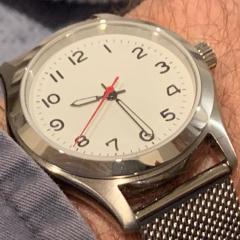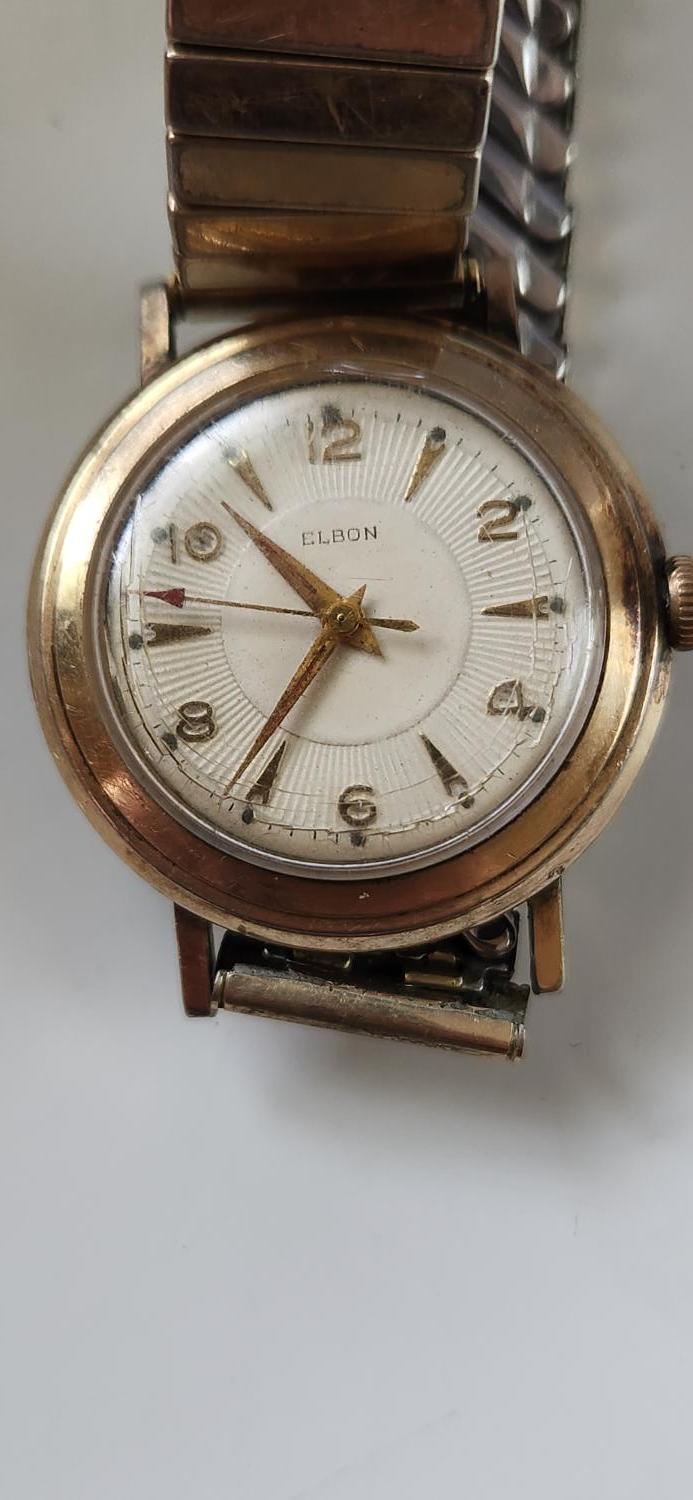Shock Settings - Incablock, Diashock - Fitting/Adjusting Jewels, etc..
Discussing shock settings such as Incabloc and Diashock etc..
Fitting and the adjustment of Jeweled Bearings, Pallet Stones, Impulse Jewels
82 topics in this forum
-
- 12 replies
- 828 views
-
- 3 replies
- 803 views
-
- 1 reply
- 761 views
-
- 3 replies
- 703 views
-
- 5 replies
- 690 views
-
- 3 replies
- 682 views
-
- 0 replies
- 670 views
-
- 7 replies
- 665 views
-
- 4 replies
- 626 views
-
- 0 replies
- 619 views
-
- 3 replies
- 611 views
-
- 6 replies
- 607 views
-
- 8 replies
- 597 views
-
- 2 replies
- 543 views
-
- 3 replies
- 526 views
-
- 0 replies
- 515 views
-
- 2 replies
- 502 views
-
- 0 replies
- 500 views
-
- 0 replies
- 485 views
-
- 2 replies
- 477 views
-
- 0 replies
- 476 views
-
- 4 replies
- 473 views
-
- 0 replies
- 453 views
-
- 2 replies
- 442 views
-
- 6 replies
- 441 views

















